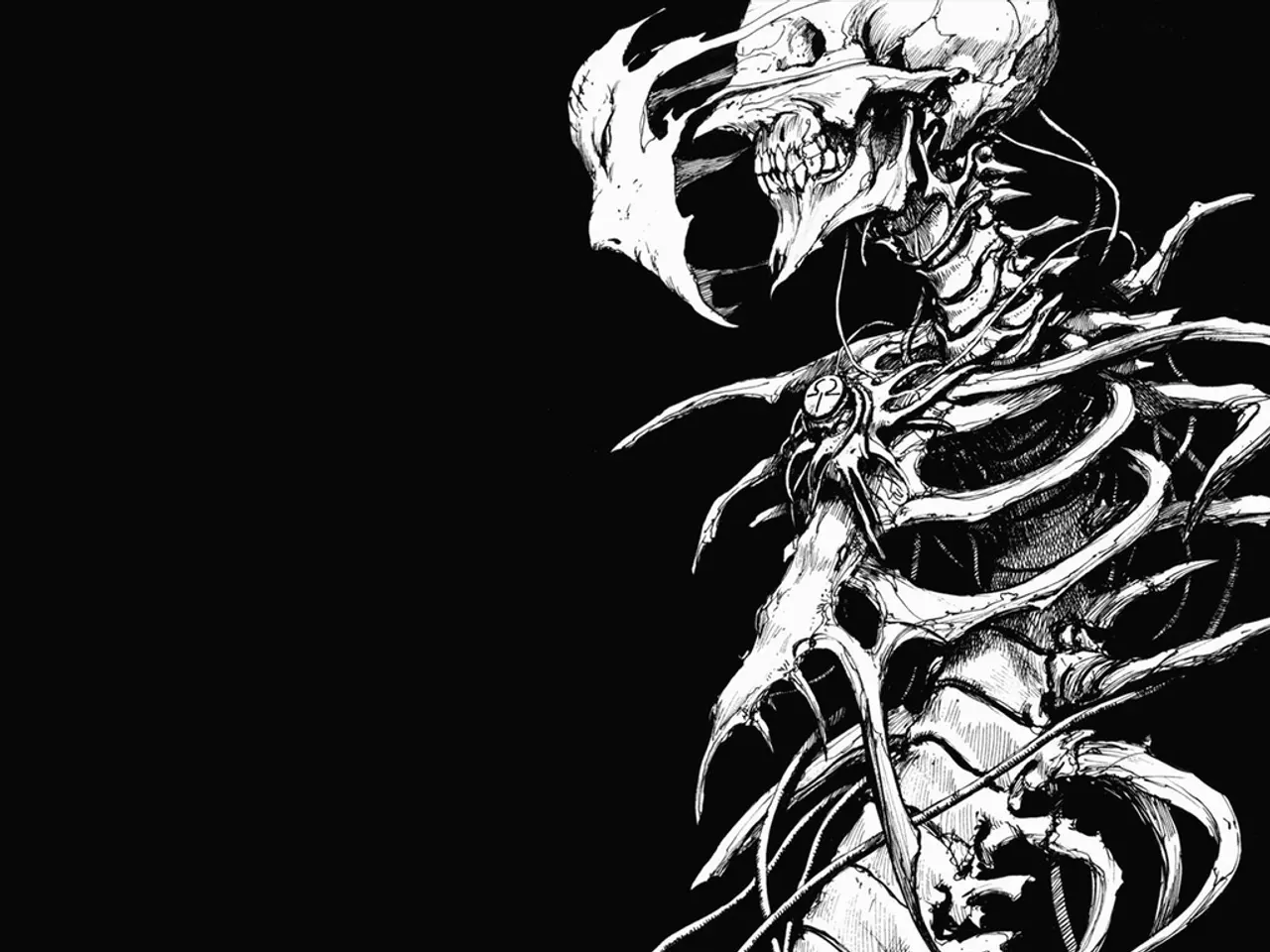Schizophrenia without clear classification: Manifestations, origins, remedies, and additional insights
The diagnostic category of Undifferentiated Schizophrenia has been eliminated in the latest edition of the Diagnostic and Statistical Manual of Mental Disorders (DSM-5). This change reflects a significant shift in the approach to diagnosing and understanding Schizophrenia.
In the past, Schizophrenia was subtyped into discrete forms, such as Paranoid, Disorganized, Catatonic, Undifferentiated, and Residual. However, these subtypes have been removed due to their low reliability and validity. Instead, the DSM-5 has introduced a severity-based rating system for Schizophrenia symptoms.
This change signifies a move away from categorising Schizophrenia into distinct forms, and towards assessing symptom dimensions (positive, negative, disorganized, cognitive) on a continuum. The elimination of subtypes, including Undifferentiated Schizophrenia, is aimed at improving diagnostic consistency and clinical utility.
As a result, Schizophrenia is now diagnosed based on core symptom criteria and symptom severity, without subtype distinctions.
Researchers believe that various factors, including genetics, brain chemistry and structure, environmental factors, substance use, and exposure to viruses or malnutrition while in the womb, contribute to the cause of Schizophrenia. Approximately 1% of people in the United States have Schizophrenia, but the actual prevalence may be higher due to challenges in diagnosis.
Family education and support services are available to help family members, friends, employers, and significant others understand Schizophrenia and learn coping mechanisms.
Coordinated special care is a recovery-oriented treatment program designed for people in an early stage of Schizophrenia. Psychosocial treatment options include behavioral skills training, supported employment, cognitive behavioral therapy, and cognitive remediation interventions.
Brief psychotic disorder, delusional disorder, schizophreniform disorder, and schizoaffective disorder are related conditions to Schizophrenia. Common symptoms of Schizophrenia include delusions, disorganized thinking, hallucinations, reduced emotional expression, disconnected speech, denial of illness, illogical or distorted speech, social withdrawal, self-neglect, reduced initiative and motivation, motor skill impairment, and symptoms developing at any age but most commonly before the age of 40.
Early diagnosis and effective treatment typically reduce the severity of the symptoms that a person experiences. To diagnose Schizophrenia, a doctor may run a series of tests to rule out other conditions and only diagnose the condition if someone has experienced reduced functioning due to at least two of the symptoms for 6 months or more.
Antipsychotic medications are used to target and reduce symptoms of psychosis, including hallucinations and delusions. It's important to note that the current edition of the DSM, the DSM-5, does not contain subtypes of Schizophrenia, so the term Undifferentiated Schizophrenia is no longer in use.
Understanding and addressing mental health conditions like Schizophrenia is crucial for improving the lives of those affected and their loved ones. The changes in the DSM-5 reflect a commitment to improving diagnostic accuracy and supporting those living with Schizophrenia.
- The shift in the diagnostic approach to Schizophrenia, as seen in the DSM-5, signifies a move away from categorizing it into distinct forms, such as Paranoid or Catatonic, and instead assessing symptom dimensions on a continuum.
- In the revised diagnostic criteria of Schizophrenia, the severity-based rating system has replaced the subtypes like Undifferentiated Schizophrenia for improved diagnostic consistency and clinical utility.
- The latest edition of the Diagnostic and Statistical Manual of Mental Disorders (DSM-5) no longer uses the term Undifferentiated Schizophrenia, which was previously a subtype, and instead focuses on core symptom criteria and symptom severity.
- The changes in the DSM-5 reflect a commitment to improving diagnostic accuracy in mental health conditions like Schizophrenia, thus aiding in delivering better support and treatment for individuals diagnosed with the condition.




